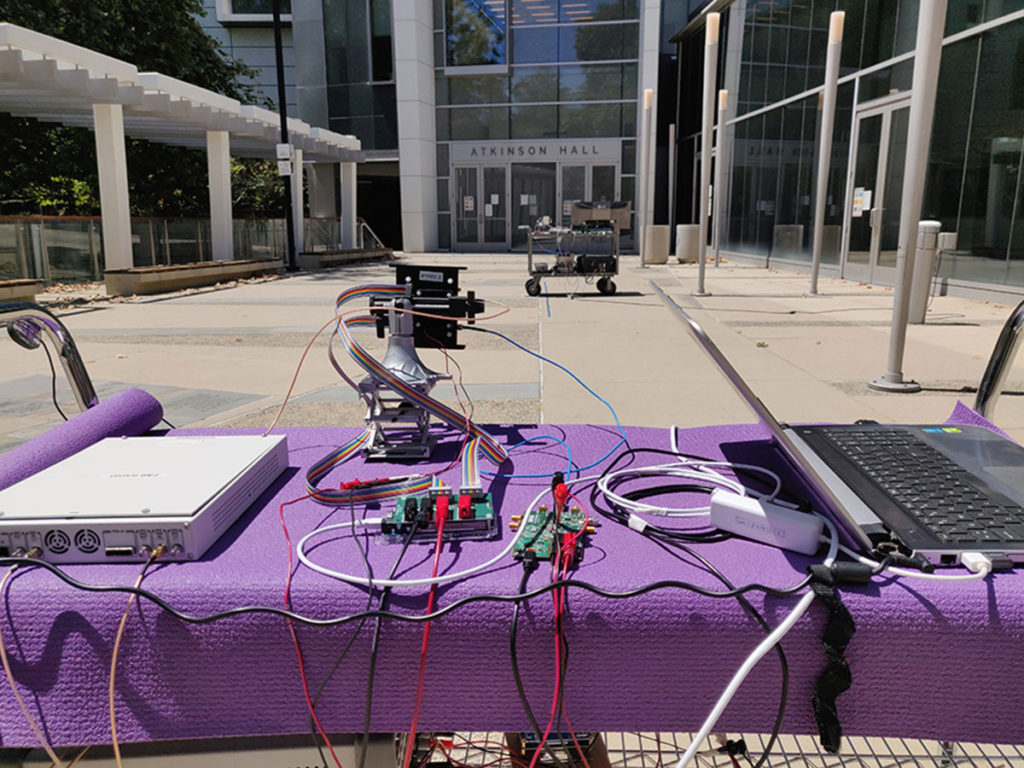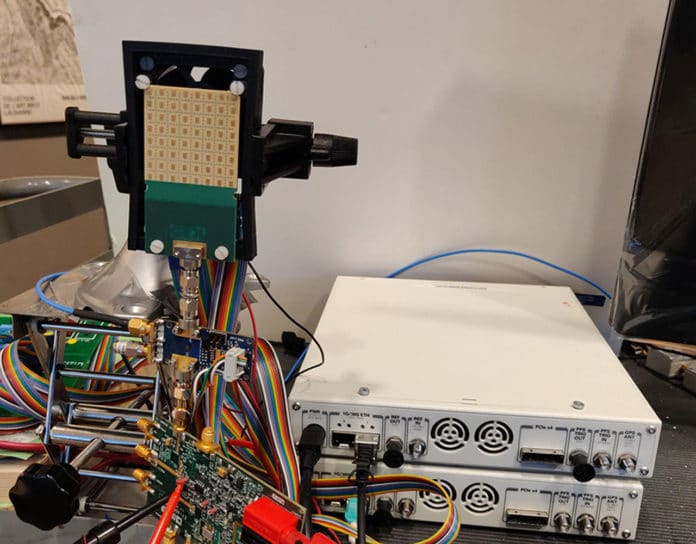Today’s 5G cellphones consumers may have experienced inconsistency in their coverage and speed. But now, engineers at the University of California San Diego have developed a new technology that combines the best of both worlds and could enable 5G connectivity that is ultra-fast and reliable at the same time.
The new technology will help make high band 5G practical for the everyday user. The fact is that speedy wireless signals, known as millimeter waves, cannot travel far – and they are easily blocked by all kinds of obstacles: walls, people, trees, and other obstacles. Modern 5G broadband systems communicate data by sending one laser-like millimeter-wave beam between a base station and a receiver, such as a user’s phone. The problem is that if something or someone gets in the way of this beam, then the connection is completely blocked.
UC San Diego team figured out how to get around this problem: they split the one laser-like millimeter-wave beam into multiple laser-like beams and have each beam take a different path from the base station to the receiver. The idea is to improve the chances that at least one beam reaches the receiver when an obstacle is in the way.
The team developed a set of new algorithms that instruct the base station to split the beam into multiple paths. Some of these paths take a direct shot from the base station and the receiver, while others take an indirect route, where the beams bounce off surfaces in the environment that reflect millimeter waves like glass, metal, concrete, or drywall to get to the receiver.

The algorithms then learn the best paths in the given environment and optimize the angle, phase, and power of each beam so that when they arrive at the receiver, they combine constructively to create a strong, high quality, and high throughput signal. With this approach, more beams result in a stronger signal.
“You would think that splitting the beam would reduce the throughput or quality of the signal,” said Dinesh Bharadia, senior author of the study. “But with the way that we’ve designed our algorithms, it turns out mathematically that our multi-beam system gives you a higher throughput while transmitting the same amount of power overall as a single-beam system.”
The researchers tested the new system, named mmReliable, inside an office and outside a building on the campus. The system provided a high-speed connection – up to 800 Mbps, with 100% reliability in the indoor tests. And in outdoor tests, it provided connectivity up to 80 meters (262 feet) away.
The multi-beam millimeter-wave system could be implemented to the existing 5G infrastructure since it doesn’t require any new hardware.
